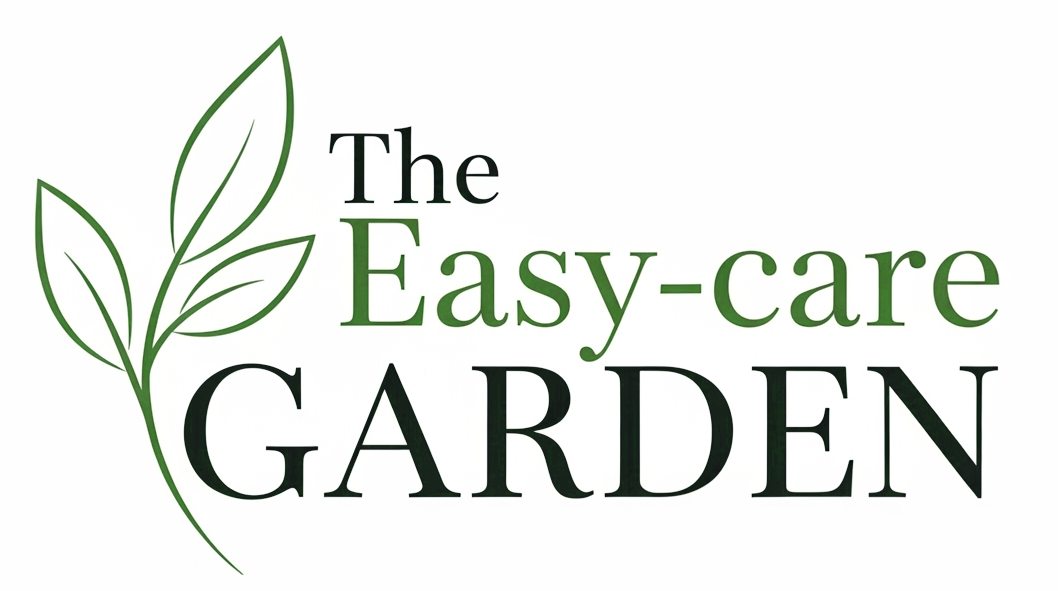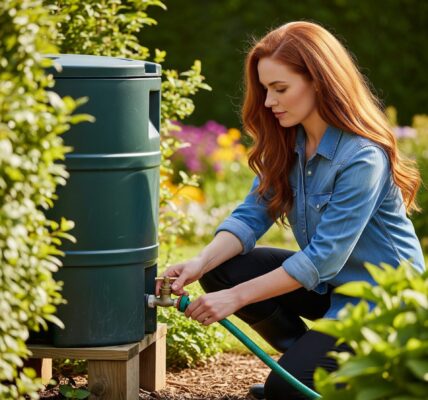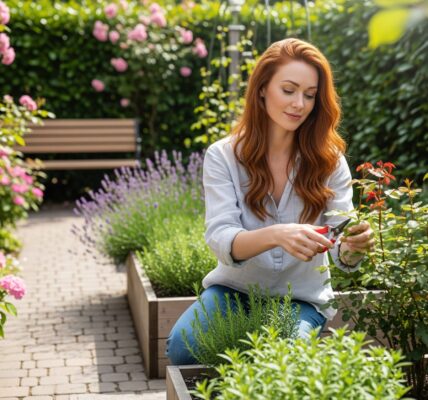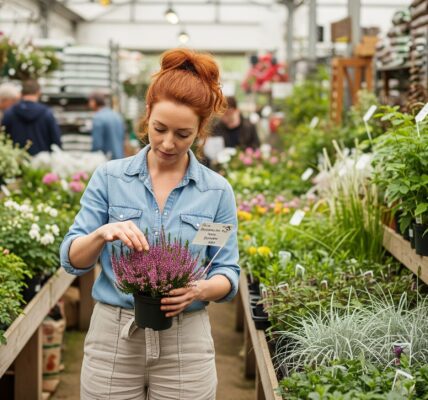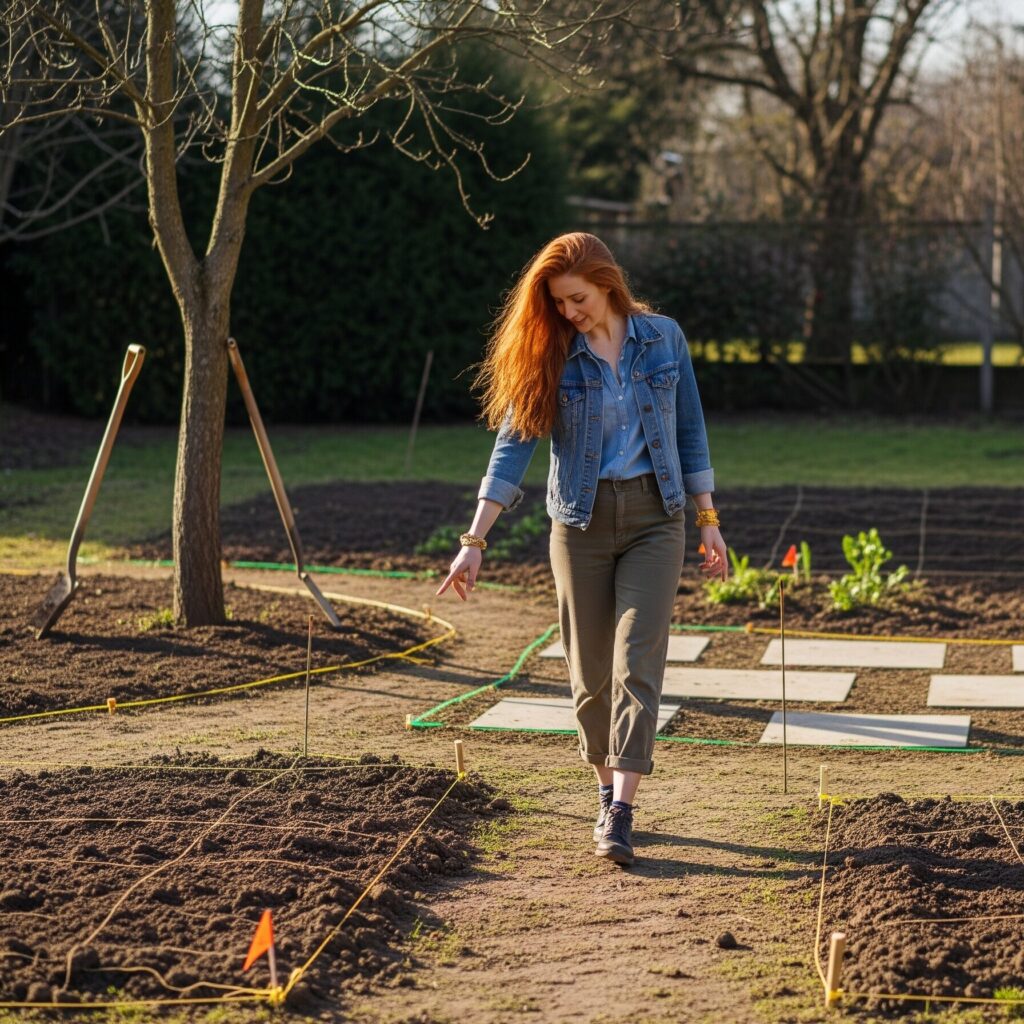
Creating a low-maintenance garden begins not with planting, but with smart design and planning. This initial stage is crucial for ensuring long-term success and minimal effort. The goal is to develop a resilient framework that works in harmony with nature, rather than against it. A well-planned garden is a foundation that reduces the need for constant weeding, watering, and fertilising.
One of the most effective strategies is to establish planting areas. Rather than mixing different types of plants randomly, group together those with similar water, sunlight, and soil needs. For instance, create a ‘dry area’ in a sunny, well-drained spot filled with drought-tolerant plants like lavender and sedum. Conversely, dedicate a ‘moisture area’ near a downspout or in a naturally damp area for plants that require more water. This approach streamlines watering and maintenance, ensuring every plant receives the care it needs without over- or under-saturating others.
Hardscaping plays a vital role in creating a low-maintenance garden. It encompasses all the non-living features—pathways, patios, retaining walls, and decorative stones—that define the garden’s structure. Opting for durable, low-maintenance materials like gravel not only reduces water runoff but also helps keep weeds at bay. For example, gravel paths are exceptionally practical: they offer excellent drainage and, when paired with a weed barrier, significantly minimise unwanted weeds. Well-designed hardscaping reduces the area that needs regular care and adds lasting beauty to your garden.
Finally, the most important investment you can make is in your soil. Healthy soil is the bedrock of an easy-care garden. Before you plant anything, take the time to amend your soil with organic matter like compost. This improves its structure, allowing for better drainage and nutrient retention. By starting with healthy, well-prepared soil, you create an environment where plants can thrive on their own, making your garden resilient and truly low-maintenance from day one.
